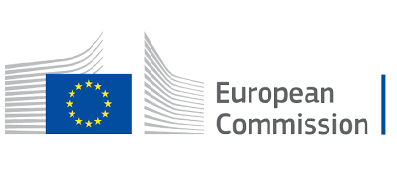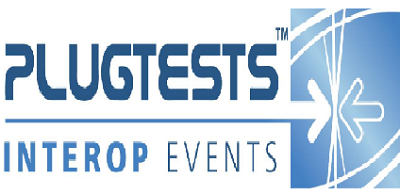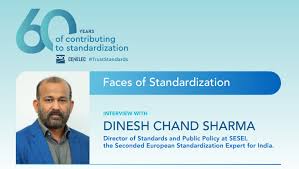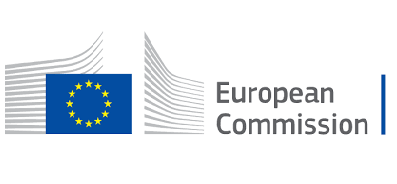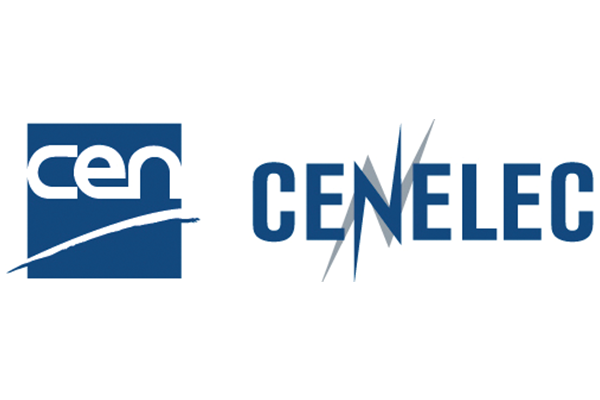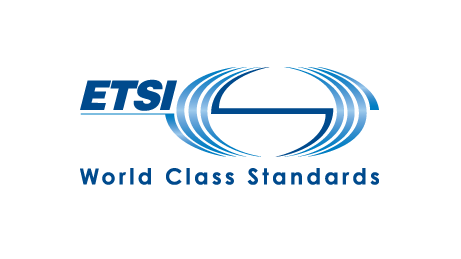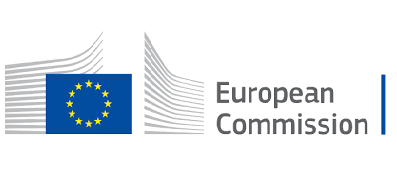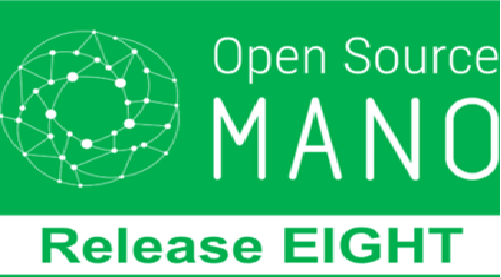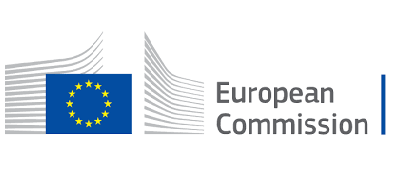The Commission has taken further steps in the Digital Decade agenda to strengthen Europe's digital sovereignty, as announced by President Ursula von der Leyen in her State of the Union address on 16 September. The Commission has published a Recommendation calling Member States to boost investment in very high-capacity broadband connectivity infrastructure, including 5G, which is the most fundamental block of the digital transformation and an essential pillar of the recovery.
In parallel, and closely linked to this Recommendation, the Commission proposed a new Regulation for the European High Performance Computing Joint Undertaking to maintain and advance Europe's leading role in supercomputing technology to underpin the entire digital strategy and to ensure the Union's competitiveness in the global setting.
The European Telecommunications Standards Institute (ETSI) released the report of its NFV&MEC Plugtests event that took place remotely in June 2020. After several weeks of remote integration and pre-testing, the event offered NFV and MEC solution providers as well as open source communities an opportunity to discuss and solve interoperability challenges while validating their implementation of NFV and MEC specifications and APIs.
Over 40 organizations and more than 170 engineers were involved in the preparation of this important event forming an engaged and diverse community of implementers testing together the interoperability of over 65 NFV and MEC solutions. Test sessions covered a wide range of configurations and showed interoperability rates from 75% to 93%. Participating organizations were able to interact remotely through the ETSI HIVE (Hub for Interoperability and Validation at ETSI) which provides a secure framework to interconnect participants’ labs and implementations.
As part of the 60 years' anniversary celebrations, CEN and CENELEC have launched the project ‘Faces of standardization’: a series of monthly interviews to showcase the human aspect of standardization. In September 2020, CEN/CENELCE published an interview with Mr. Dinesh Chand Sharma, Director – Standards & Public Policy (SESEI).
Read the interview with Dinesh Chand Sharma (SESEI)
Discover the previous interviews in the series
A new European Research Area: Commission sets new plan to support green and digital transition and EU recovery
The European Commission adopted a Communication on a new European Research Area for Research and Innovation. Based on excellence, competitive, open and talent-driven, the new European Research Area will improve Europe's research and innovation landscape, accelerate the EU's transition towards climate neutrality and digital leadership, support its recovery from the societal and economic impact of the coronavirus crisis, and strengthen its resilience against future crises.
The Commission set out strategic objectives and actions to be implemented in close cooperation with the Member States, in order to prioritise investments and reforms in research and innovation, improve access to excellence for researchers across the EU and enable research results to reach the market and the real economy. Additionally, the Communication will further promote researchers' mobility, skills and career development opportunities within the EU, gender equality, as well as better access to publicly funded peer-reviewed science.
Standards in support of the Green Deal: CEN and CENELEC’s new position paper
Through the Green Deal, the European Commission has set a series of ambitious goals to transition towards a fully green economy and reach the global climate target of net zero by 2050. CEN and CENELEC, as two of the officially recognised European Standardization Organizations (ESOs), know that European Standards (ENs) have a key role to play in making the Green Deal reality. This role, acknowledged by the European Green Deal itself, is presented in the newly-published position paper “Standards in support of the European Green Deal Commitments”.
In particular, the paper presents some recommendations to European policy maker, in order to reap the greatest advantage from European standards:
- Make use of European and international standards to support the European Green Deal actions and initiatives;
- Establish clear overarching principles to guide policy making, that prioritise reduced emissions and reuse of materials, and clear links between the sustainability performance and incentives.
- Request technical standards for specifying the technical details for manufacturers and suppliers to meet legal requirements.
- Identify early on the type of standards needed to support the European Green Deal actions, which can be mapped against existing standards, and identify gaps which need to be addressed through new standard developments.
- Request the development of new standards, or the revision of existing ones, by the ESOs.
- Integrate standardization in European framework programmes aiming to implement the European Green Deal.
The ETSI Quantum-Safe Cryptography (QSC) working group is pleased to announce the release of Technical Report TR 103 619 defining migration strategies and recommendations for Quantum-Safe schemes, and enhancing cryptography awareness across all business sectors.
The threat of quantum computing to asymmetric cryptography has been extensively reported in ETSI’s work and elsewhere, and has been recognized as an existential threat to the many business sectors that rely on asymmetric cryptography for their day-to-day existence. However, recognizing the threat is not sufficient, nor is knowing that a quantum-safe cryptographic algorithm exists to enable encrypted assets in a business to be protected. The entire business must now be ready to migrate to a new Fully Quantum-Safe Cryptographic State (FQSCS). In anticipation of this, ETSI has developed a new technical report defining a framework of actions that an organization should take to enable migration to a Fully Quantum-Safe Cryptographic State.
Commission raises climate ambition and proposes 55% cut in emissions by 2030
The European Commission presented its plan to reduce EU greenhouse gas emissions by at least 55% by 2030, compared to 1990 levels. This level of ambition for the next decade will put the EU on a balanced pathway to reaching climate neutrality by 2050. The new target is based on a comprehensive Impact Assessment of the social, economic and environmental impacts. The Assessment demonstrates that this course of action is realistic and feasible. This raised ambition also underlines the EU's continued global leadership, ahead of the next UN climate conference (COP26).
The Commission has:
- tabled an amendment to the proposed European Climate Law, to include the 2030 emissions reduction target of at least 55% as a stepping stone to the 2050 climate neutrality goal;
- invited the Parliament and Council to confirm this 55% target as the EU's new Nationally Determined Contribution (NDC) under the Paris Agreement, and to submit this to the UNFCCC by the end of this year;
- set out the legislative proposals to be presented by June 2021 to implement the new target, including: revising and expanding the EU Emissions Trading System; adapting the Effort Sharing Regulation and the framework for land use emissions; reinforcing energy efficiency and renewable energy policies; and strengthening CO2 standards for road vehicles.
A new series of European standards addresses the material efficiency of energy-related products
The transition towards a Circular Economy is widely considered as a necessary step to address the challenges related to the creation of a more sustainable economy. European Standards (ENs) are essential complementing tools that support the implementation of EU legislation, as well as the climate and energy targets, by promoting best practices, improving energy efficiency, safety and providing tools to optimize installations and systems.
In the field of Ecodesign (2009/125/EC) and Energy Labelling (2017/1369/EU), CEN and CENELEC produce European Standards that provide dedicated methods for measuring the energy performance of various energy-related products against the compulsory values and thresholds laid down in the Regulations adopted by the European Commission.
The eight standards were published over the course of 2019 and 2020 by CEN-CENELEC Joint Technical Committee 10 on Energy-related products - Material Efficiency Aspects for Ecodesign (CEN-CLC/JTC 10), whose Secretariat is held by NEC, the Dutch Electrotechnical Committee. They are:
ETSI unveiled Open Source MANO (OSM) Release EIGHT. This new release adds ultra-scalable service assurance capabilities, support for new resilience schemes, and facilitates the visual operation for large-scale network deployments from Cloud to Edge.
Much more than “bells and whistles”, Release EIGHT brings a new framework for the real-time gathering of metrics and alerts, designed to manage service assurance in large production deployments. Although this new framework is agnostic of the specific monitoring method, Release EIGHT makes the use of SNMP (Simple Network Management Protocol) monitoring particularly easy, considering its vast popularity in commercial VNFs (Virtual Network Functions).
For Release EIGHT, OSM's VNF configuration layer (VCA) has introduced a new scheme for high-availability setups that greatly improves its resiliency to potential outage events. This Release also extends the support and flexibility of configuration tasks for the various components within a Network Service or Network Slice. These processes can now be launched from Kubernetes clusters in addition to Linux Containers, making the management of these critical processes more convenient for their operation at scale.
The European Commission sets out a new EU Security Union Strategy for the period 2020 to 2025, focusing on priority areas where the EU can bring value to support Member States in fostering security for all those living in Europe. From combatting terrorism and organised crime, to preventing and detecting hybrid threats and increasing the resilience of our critical infrastructure, to promoting cybersecurity and fostering research and innovation, the strategy lays out the tools and measures to be developed over the next 5 years to ensure security in our physical and digital environment.
This strategy lays out 4 strategic priorities for action at EU level:
- A future-proof security environment
- Tackling evolving threats
- Protecting Europeans from terrorism and organised crime
- A strong European security ecosystem






